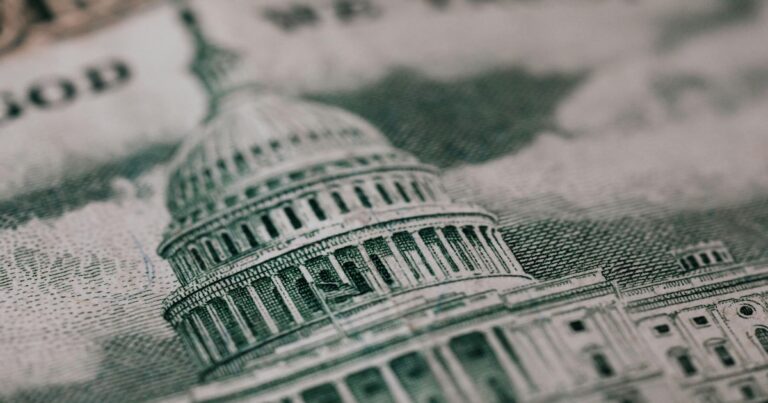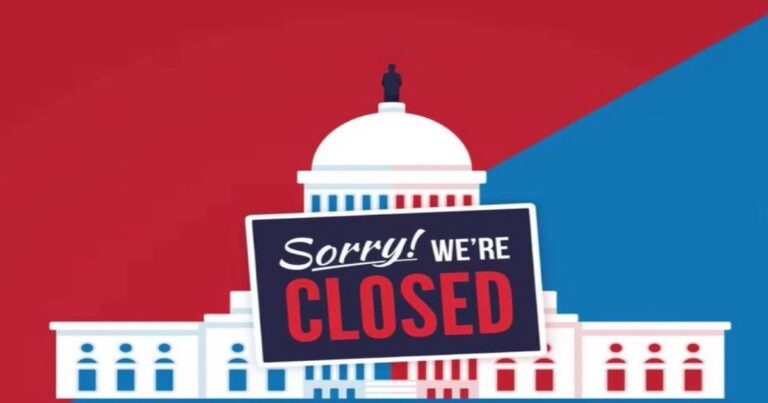Key Takeaways:
- Free-Market Health Care: Costco’s partnership with Novo Nordisk shows that competition and consumer demand (not government intervention) can make life-changing medicine more affordable.
- Smart Business, Real Results: With Wegovy and Ozempic available for $499 per month, Costco members gain access to cutting-edge treatments while Novo Nordisk expands its reach in the booming GLP-1 market.
- Capitalism Delivers: This deal proves American enterprise can do what bureaucrats can’t: make quality care accessible, affordable, and efficient for millions of everyday consumers.
In true free-market fashion, Costco is proving once again that capitalism can make America healthier without Washington’s meddling. The warehouse giant is partnering with pharmaceutical powerhouse Novo Nordisk to offer its members access to weight-loss and diabetes medications Wegovy and Ozempic at roughly half price — just $499 for a four-week supply through the Costco Member Prescription Program.
How it works: As a GLP-1 receptor agonist, Ozempic mimics the function of a natural hormone in the body. This mechanism works in three main ways to help manage diabetes:
- Slows digestion: It slows down how quickly food leaves your stomach, which helps control appetite and blood sugar spikes after meals.
- Boosts insulin: It helps the pancreas produce more insulin when blood sugar levels are high.
- Lowers sugar production: It prevents the liver from making and releasing too much sugar.
“Our collaboration with Costco is another step forward… in making real Wegovy® and Ozempic® easier to access and afford – right where people already shop,” said Dave Moore, Executive Vice President of Novo Nordisk U.S. Operations. He added that the move makes “care simple, reliable, and within reach.”
This partnership is a case study in how competition, not bureaucracy, drives accessibility. By using Costco’s massive distribution network and loyal membership base, Novo Nordisk is meeting demand while bypassing insurance red tape. Costco Executive Members and Citi Visa cardholders even get extra discounts — because in America, loyalty pays.
Novo Nordisk, which produces half the world’s insulin, has been leading the charge in diabetes and obesity care. With the explosion in GLP-1 medications, the company’s alliance with a trusted retailer like Costco is both smart business and sound health policy — the kind that doesn’t need a government mandate to work.
When free enterprise meets consumer demand, everybody wins — slimmer waistlines, stronger markets, and a healthier, freer America.









